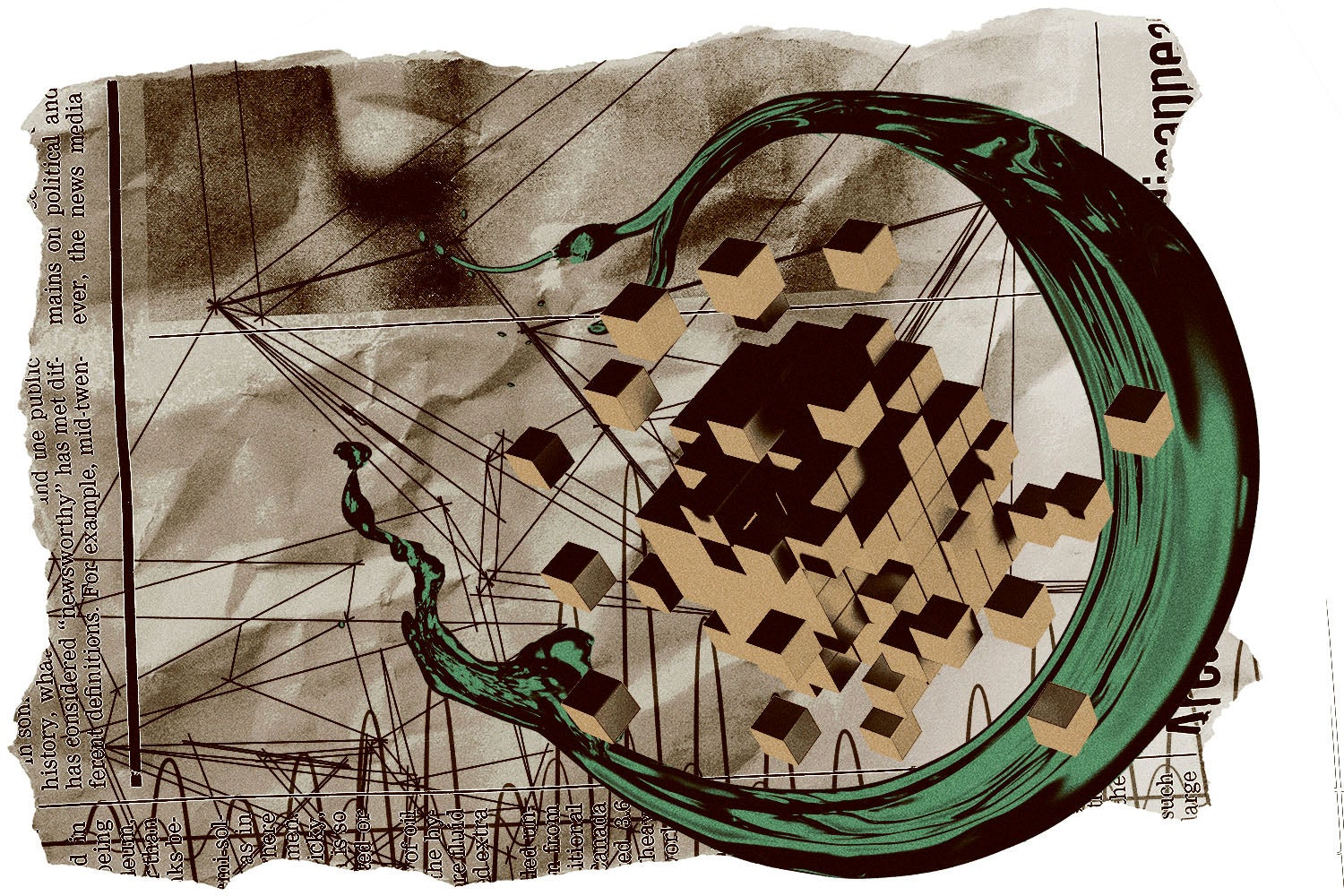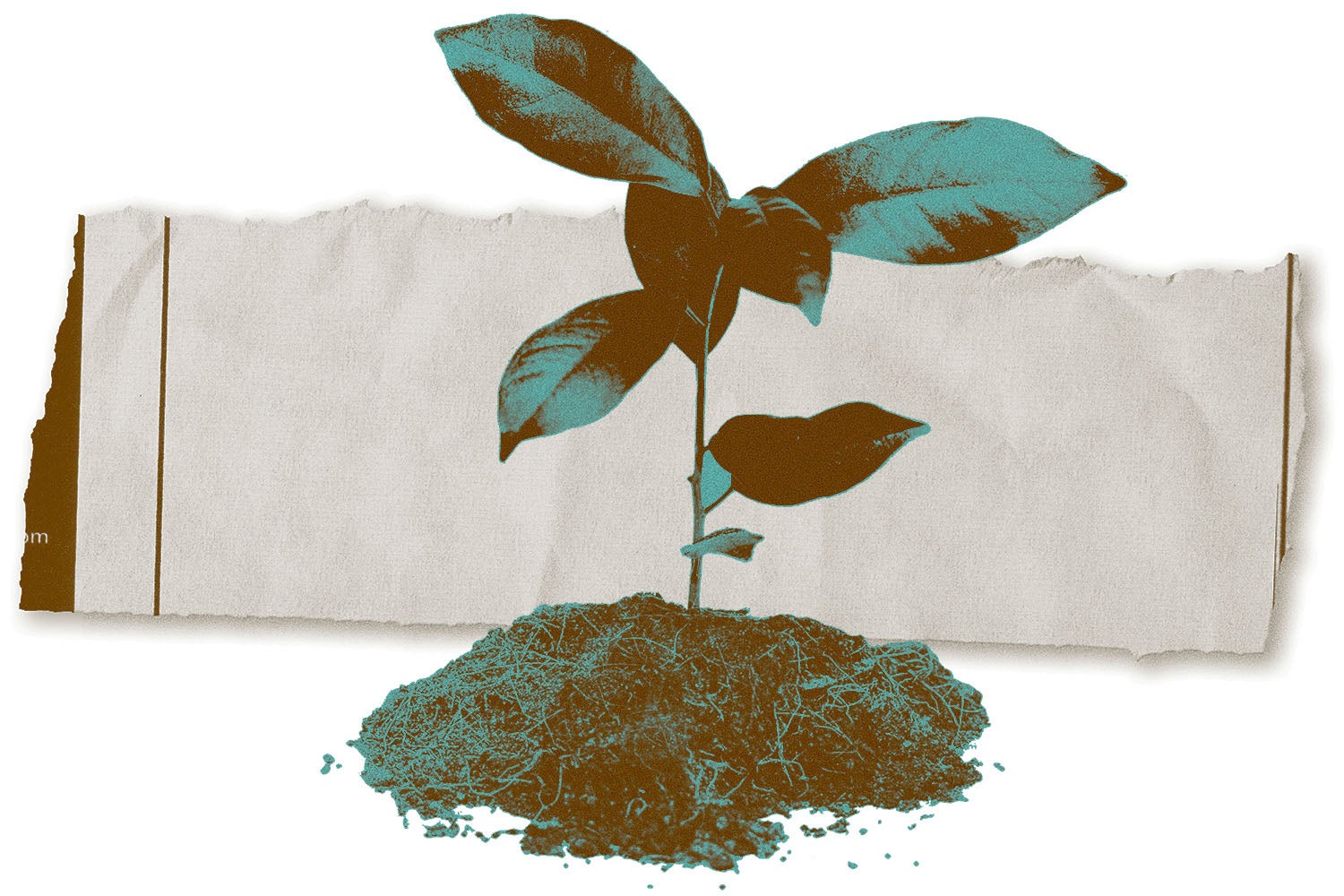

Mission-driven Media. Passionate Audiences.
Mission-driven Media. Passionate Audiences.
We’re a digital media company for generations of passionate audiences. With social responsibility at the center of our storytelling, our trusted brands meet people where they are and grow with them.
Editorial First.
We understand that all areas of our business are affected by the quality and trustworthiness of our coverage. Each brand’s unique voice and values, alongside reliable content, is what keeps our audiences engaged.


Audience Obsessed.
Whether it’s news, a purchasing guide, or design inspiration, we put meaningful connections first. The strength of our brands comes from the power of their audiences, and we don’t take that for granted. The better we know our audience, the better we can build a media brand for them and can connect them with the right partners.
People Focused.
What’s good for our people is good for the business. We’re constantly striving for an environment where employees can be creative, grow at the company, and have a measurable impact.

72M+
unique visitors per month
43M+
social followers
5M+
email subscribers




